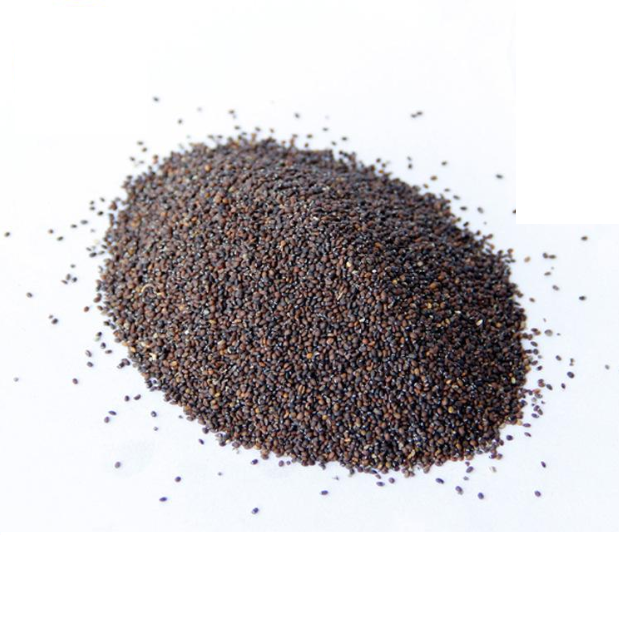


The architect worked with AECOM and Glover to refine the initial design, re-engineering the solid-looking building into a lightweight, hollow structure that uses the fewest materials possible. Related story "We're taking CO2 out of the system" says carbon-capturing concrete maker Carbicrete Construction was postponed from last year due to the pandemic.Ĭounterspace initially proposed using recycled materials including K-Briqs, which are bricks made from construction waste. The pavilion, the twentieth in the annual architecture commission, was designed by Johannesburg architect Counterspace. The superstructure of the pavilion is made from wood, plywood and cork

"The sequestration of the timber and the cork more than compensates for the emissions," said AECOM sustainability director David Cheshire. However, all these emissions are outweighed by carbon sequestered in the wood, plywood and cork used to build the pavilion, according to AECOM.

In addition, the assessment calculates that 1,400 kg of carbon emissions resulted from the recycled steel structure, although this figure would have been far higher if virgin steel had been used. Timber and cork "more than compensates" for other emissions The remaining 16 tonnes of emissions come from roofing materials including steel purlins, polycarbonate and a waterproof membrane, concrete blockwork, micro cement finish and paint, as well as materials used to build the pathways. Although it looks solid, the pavilion is mostly hollowįor a building to be carbon negative, it needs to sequester more atmospheric carbon over its entire lifecycle than it emits.ĪECOM's 10-page document states that the pavilion's concrete foundation emits 44 tonnes of CO2 equivalent, making up by far the largest percentage of emissions. Pavilion criticised for its concrete foundationĪECOM, a multinational engineer and construction consultant, has worked on the pavilion each year since 2013, when it was designed by Sou Fujimoto.ĪECOM's embodied carbon assessment is an internal document that has not yet been signed off for public release.īut the firm shared the document with Dezeen following media criticism of the structure's concrete foundation and scepticism about claims that the pavilion is carbon negative. The assessment was made prior to construction using eToolLCD LCA software, which takes into account whole-life emissions including transportation and decommissioning of the structure. The temporary structure, which opened in Kensington Gardens in London last week, emits approximately 60 tonnes of carbon dioxide equivalent and absorbs around 91 tonnes via the timber and other biomaterials used in its construction, according to the life cycle assessment (LCA) prepared by AECOM. "It wasn't necessarily to get to negative but this particular architecture lent itself to it and it gave us this result, which was a surprise because I don't think any of us thought we would get to a negative situation this year." The pavilion was designed by Johannesburg-based practice Counterspace "The goal here was to do a low-carbon building," said David Glover, technical adviser to the Serpentine Galleries, which commissioned the structure. The construction team said it didn't expect to achieve negative carbon with the project. Related story Serpentine Pavilion celebrates "places with a history significant to migration" says Sumayya Vally


 0 kommentar(er)
0 kommentar(er)
